Hugin Longship
This longship was a gift to commemorate the 1500th anniversary of the Anglo-Saxons arrival in England.
The ship was a gift from the Danish government to commemorate the 1500th anniversary of the arrival of Hengist and Horsa, legendary brothers who led the first Anglo-Saxon tribes. It’s said that the brothers landed at nearby Ebbsfleet in 449 CE, shortly after the betrothal of Hengist’s daughter, Rowena, to King Vortigen of Kent in exchange for land.
This Hugin itself is a replica of the Gokstad ship, a Viking vessel dating from the 9th century. Though the ship postdated the Anglo-Saxon arrival by almost 400 years and was the work of the Anglo-Saxon’s Norse foes, the ship’s design is likely similar to those that early Anglo-Saxon settlers used. This is because, though the two cultures were later in opposition in war and raiding, early Anglo-Saxon culture likely shared many similarities with the later Viking Norse culture.
One such similarity is the gods they worshipped. The well-known Norse gods, Odin and Thor share all but a name with the Anglo-Saxon gods Woden and Thunor. It is from Woden/Odin that the Hugin ship gets its name, for Hugin is one of the two ravens that bring information to the chief God.
Built in Denmark, the Hugin was sailed to England in 1949 crewed by 53 Danes, landing in Ramsgate, only a short sail from Hengist and Horsa’s legendary landing site a millennium and a half earlier.
Community Contributors
Added by
Edited by
Plan Your Trip
The Atlas Obscura Podcast is Back!



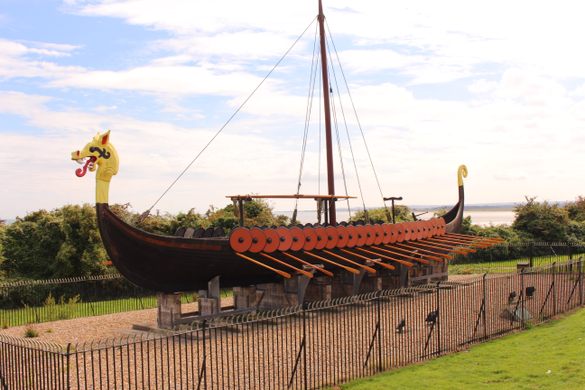


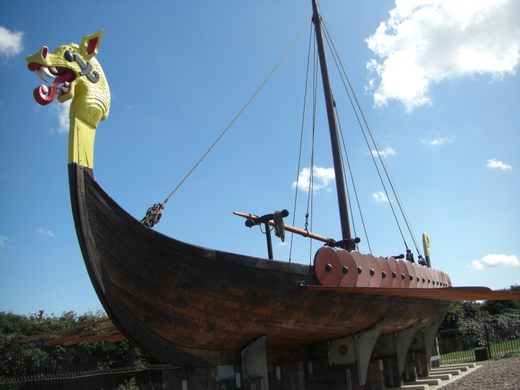







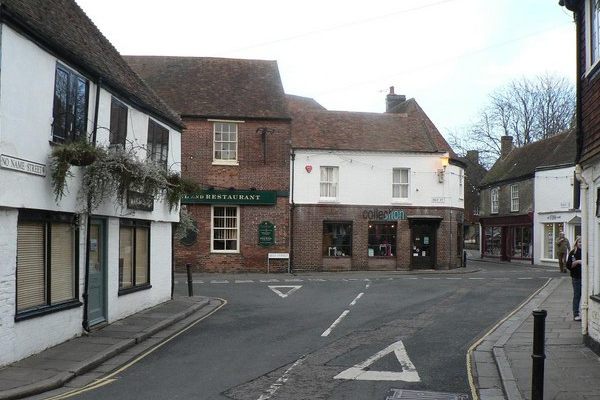
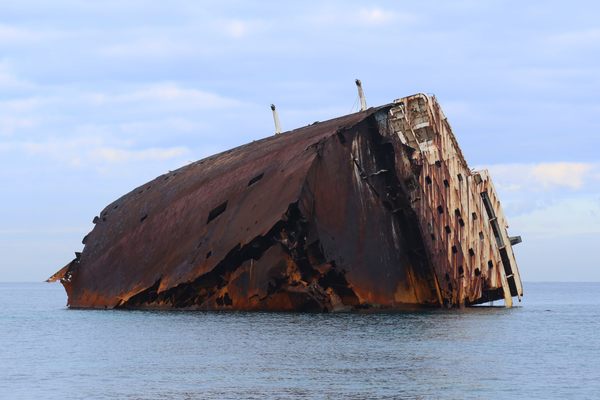

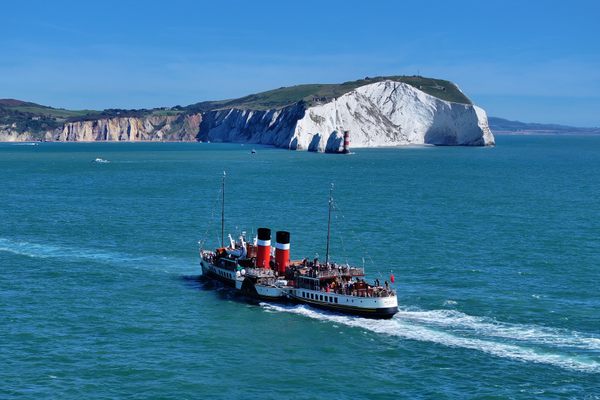
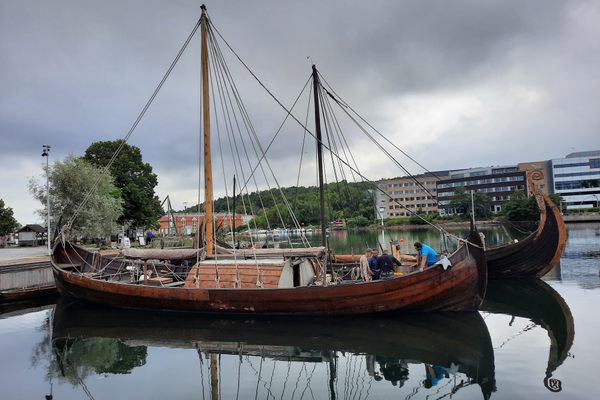

Follow us on Twitter to get the latest on the world's hidden wonders.
Like us on Facebook to get the latest on the world's hidden wonders.
Follow us on Twitter Like us on Facebook